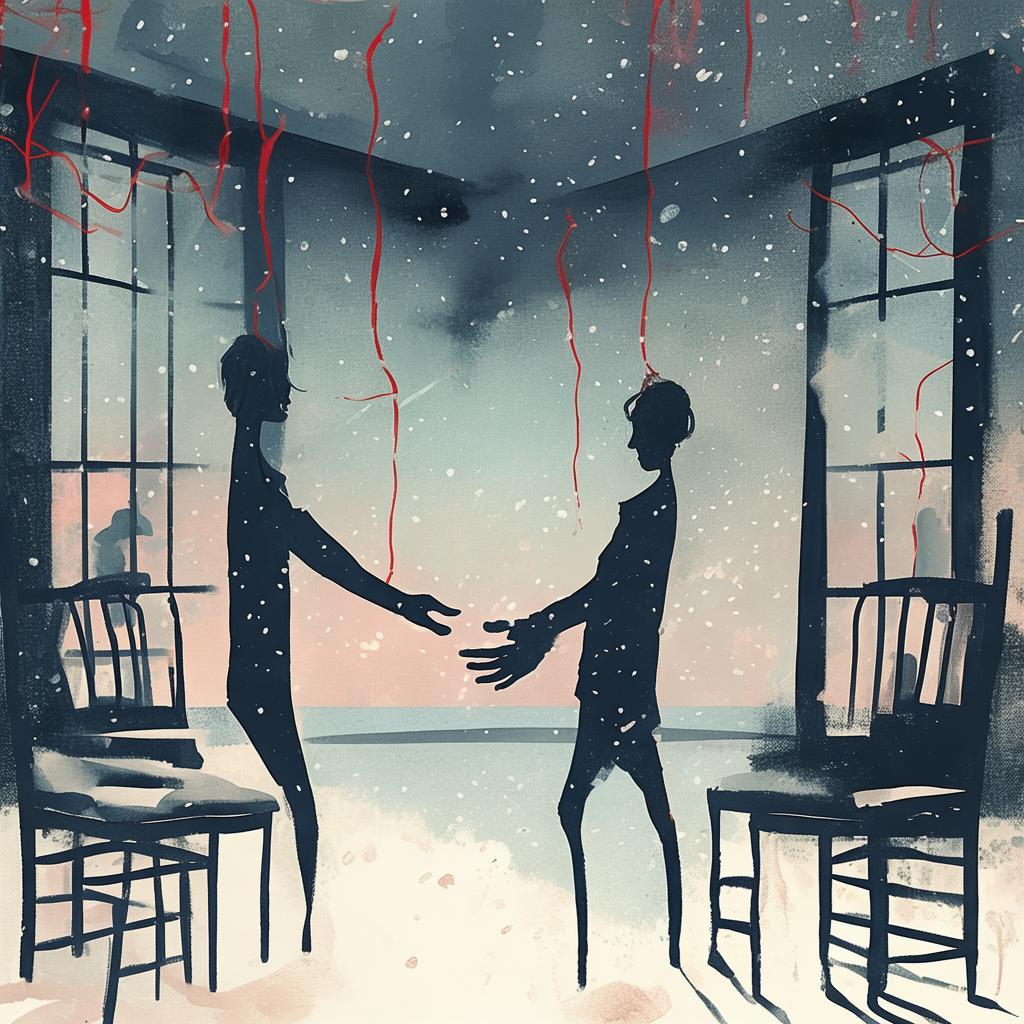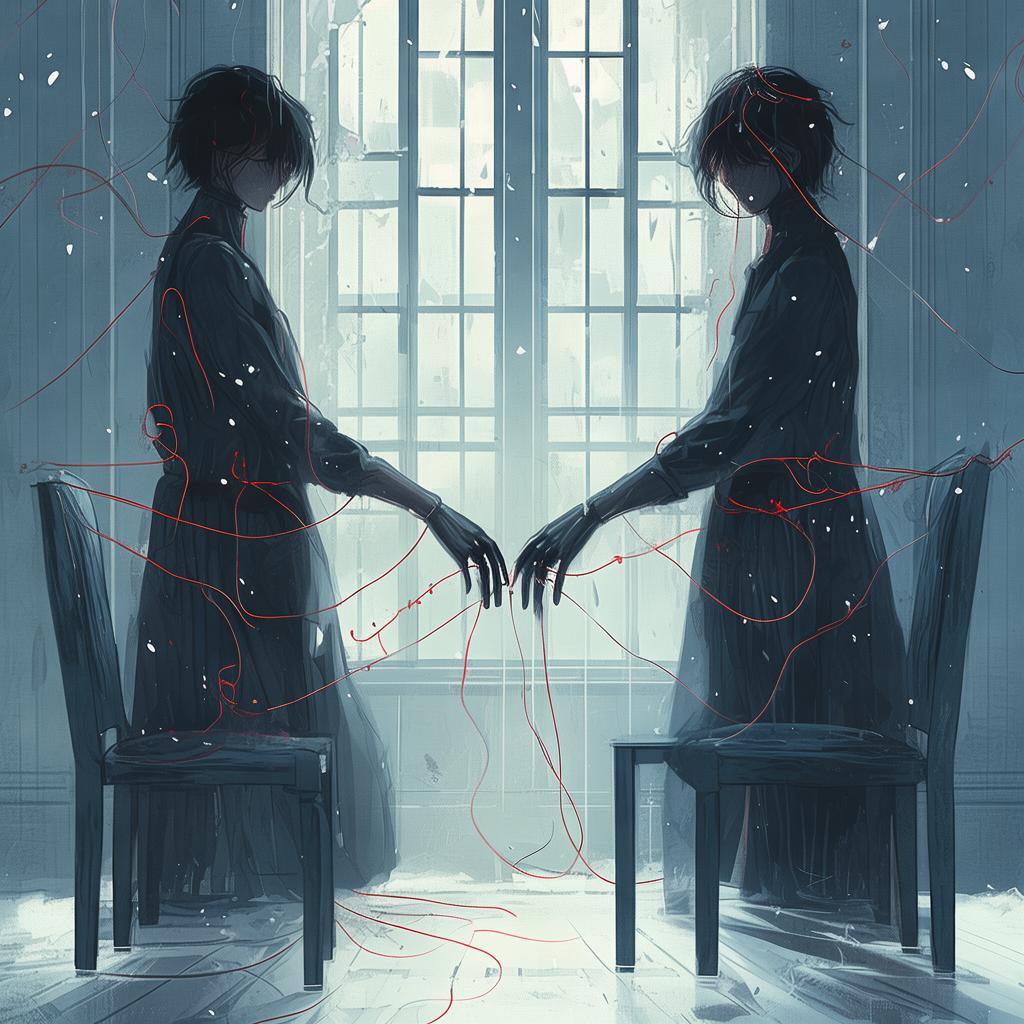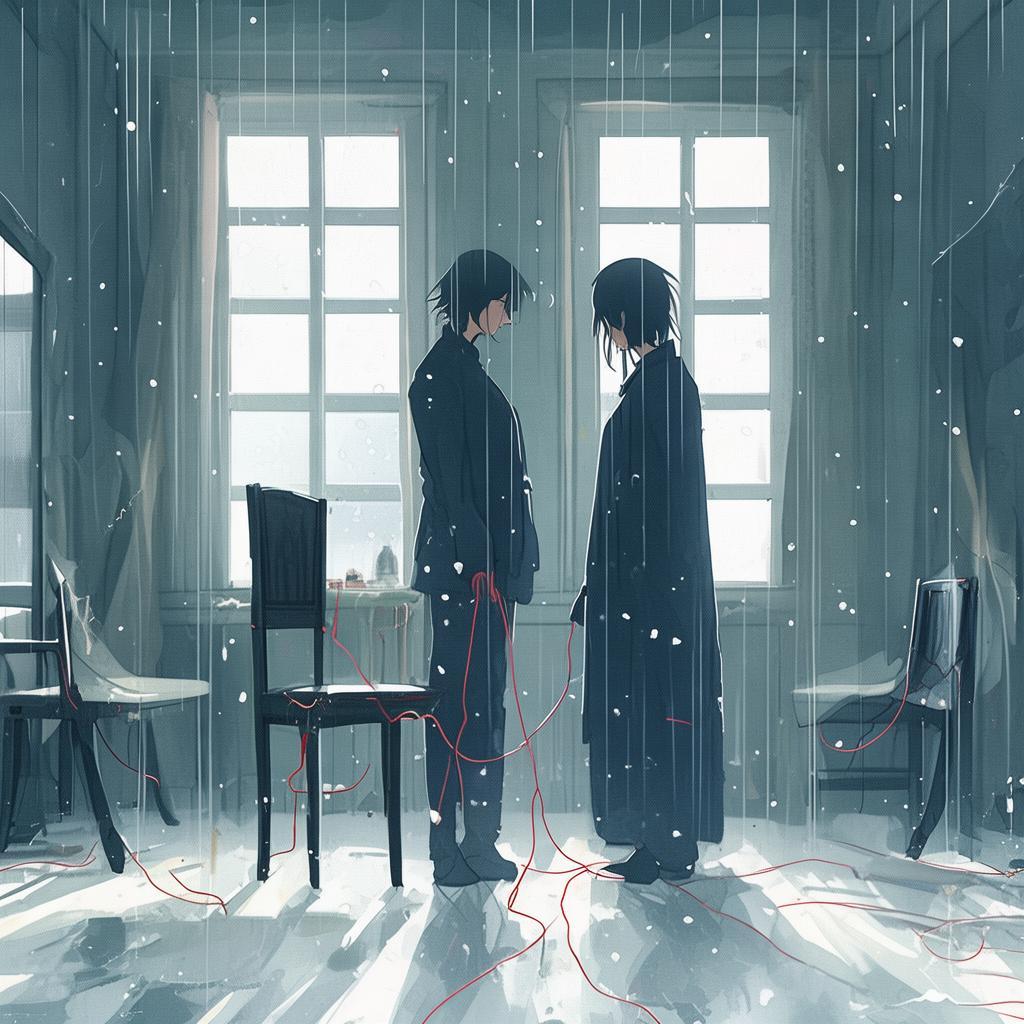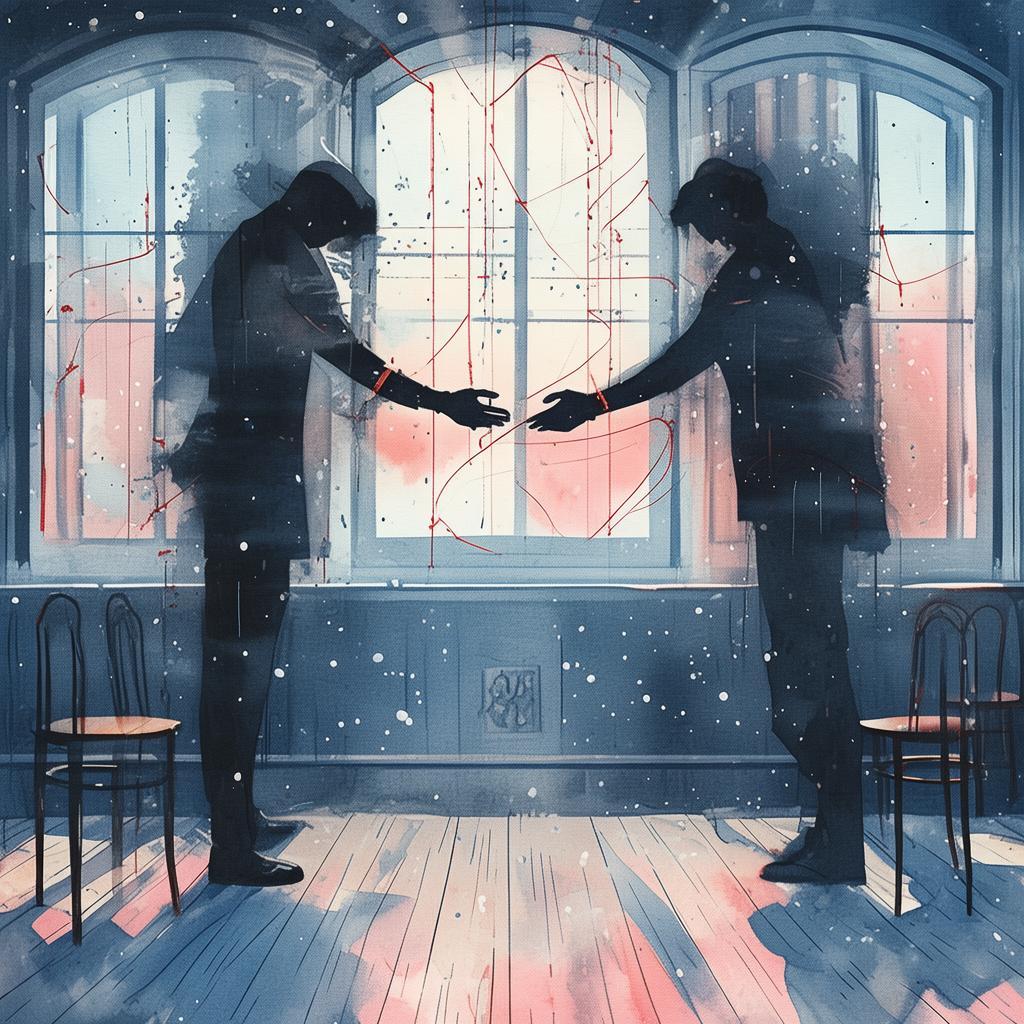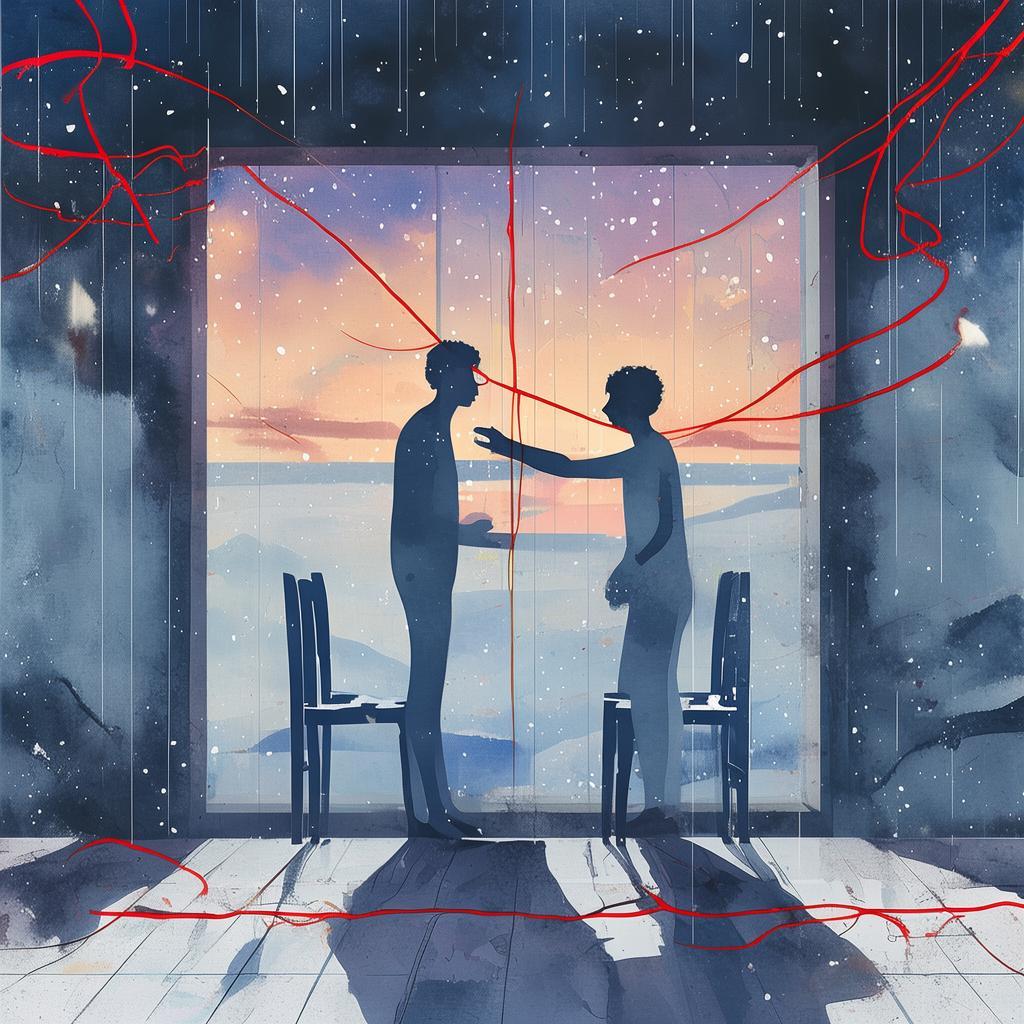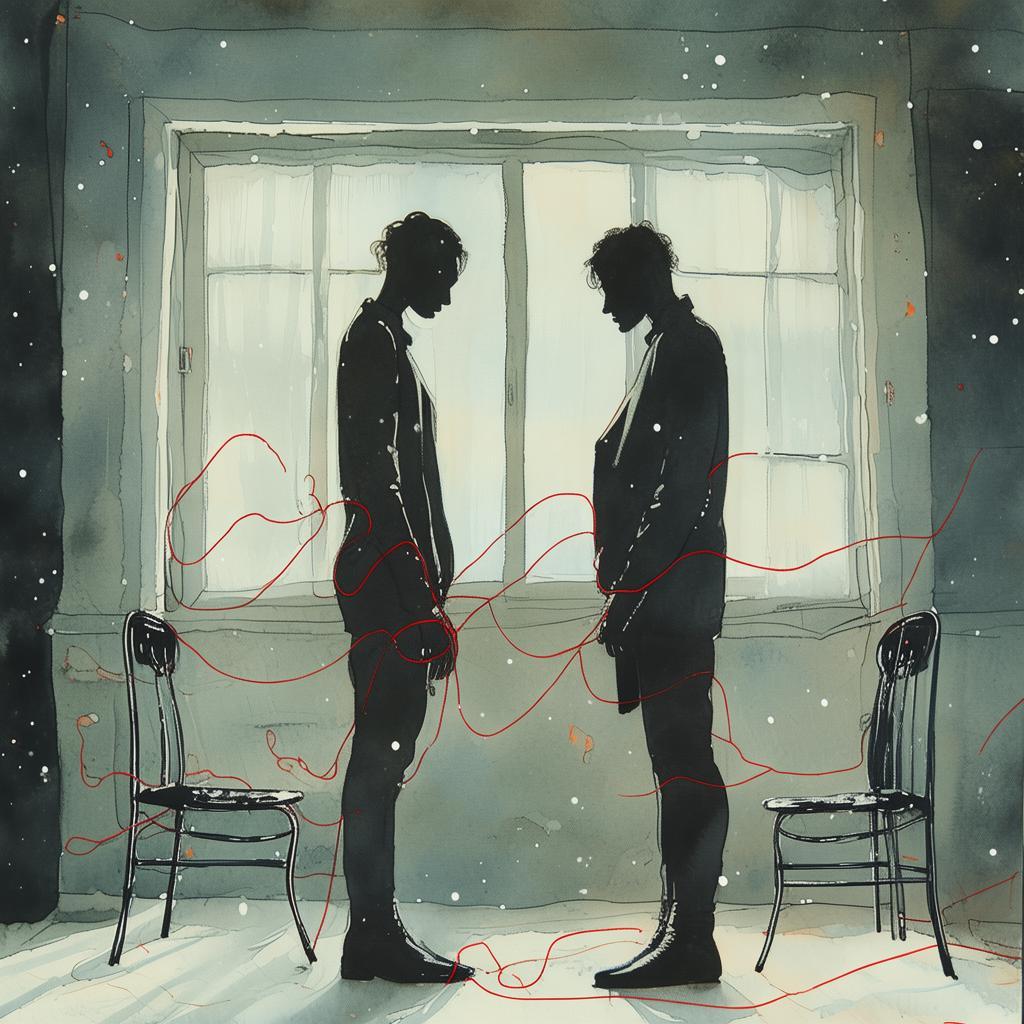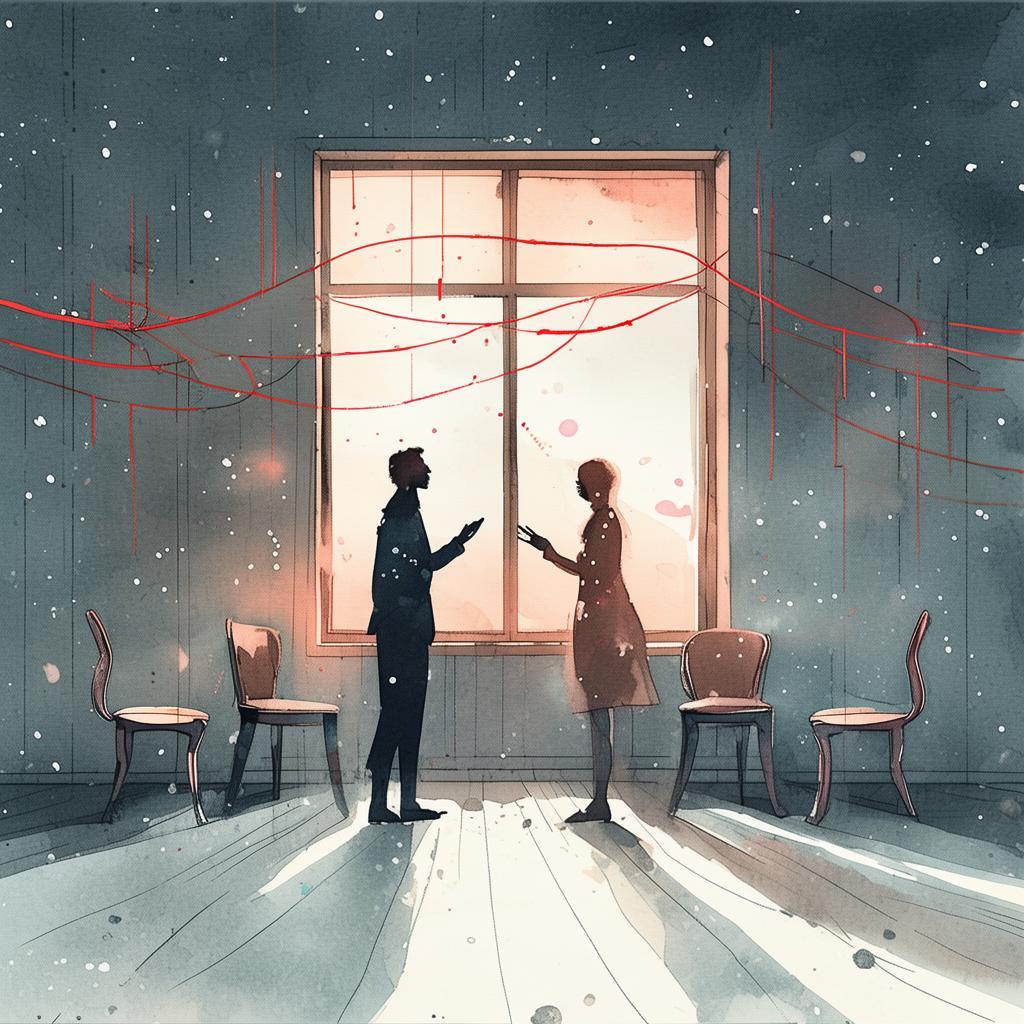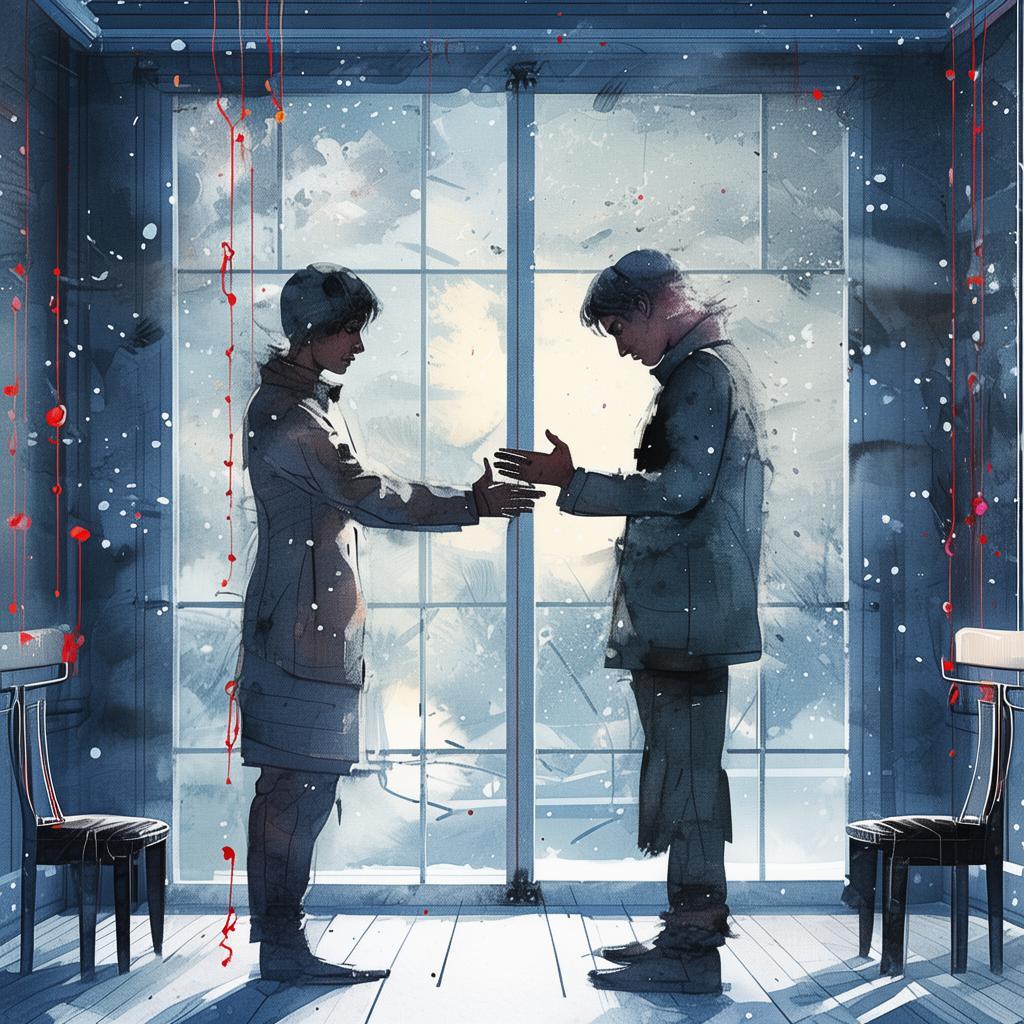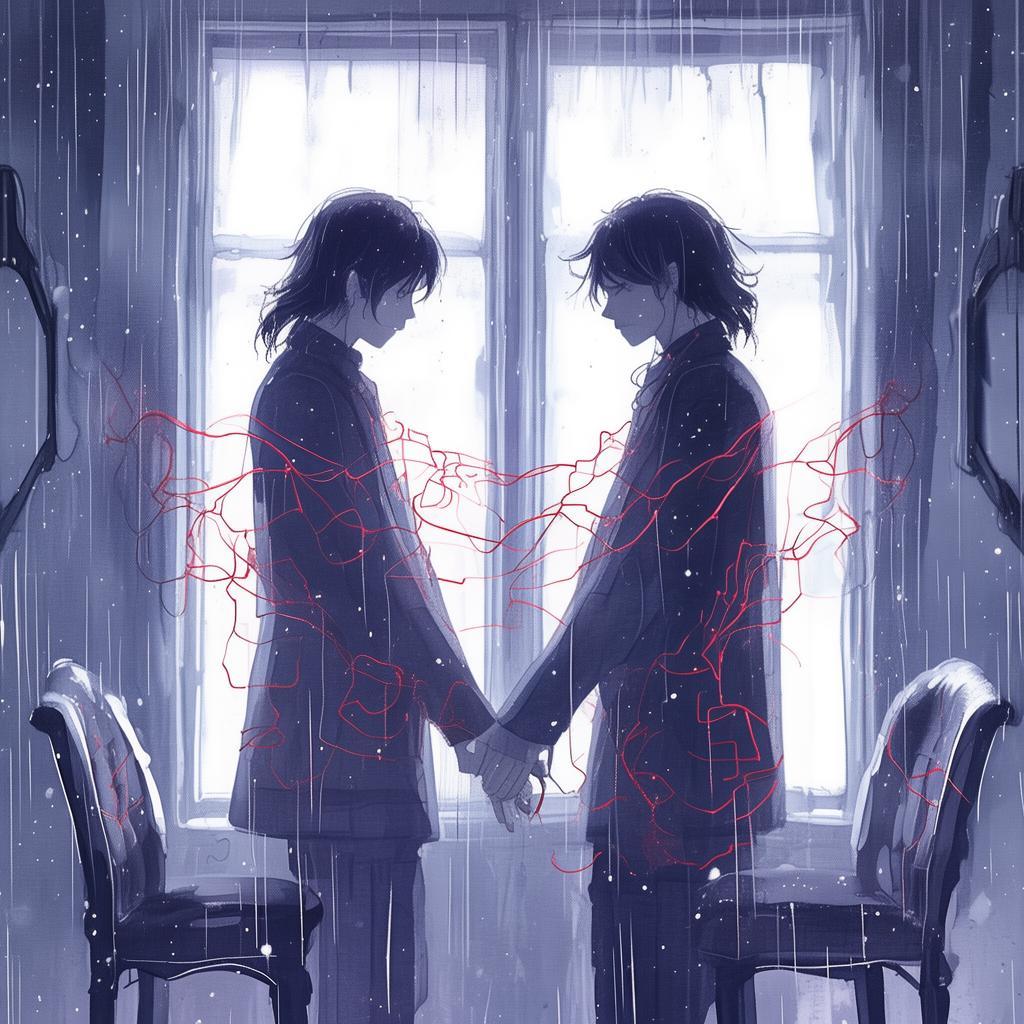Shadows of the Philosophical Heart
In the hallowed halls of the University of Aetheria, where the air was thick with the scent of parchment and the sound of intellectual debate, there lived two souls bound by an unusual kinship. Kael, a brilliant philosopher and a master of wordplay, and Lucien, a sculptor whose hands could carve the most complex emotions into stone, were the epitome of intellectual and artistic duality.
Kael was the thinker, the one who sought to unravel the mysteries of existence through the lens of logic and reason. Lucien was the feeler, the artist who believed that the soul could be captured and expressed in the form of tangible beauty. Their friendship, which began in the shadowed corners of the library, deepened into a complex bond that defied the very definitions of love and friendship.
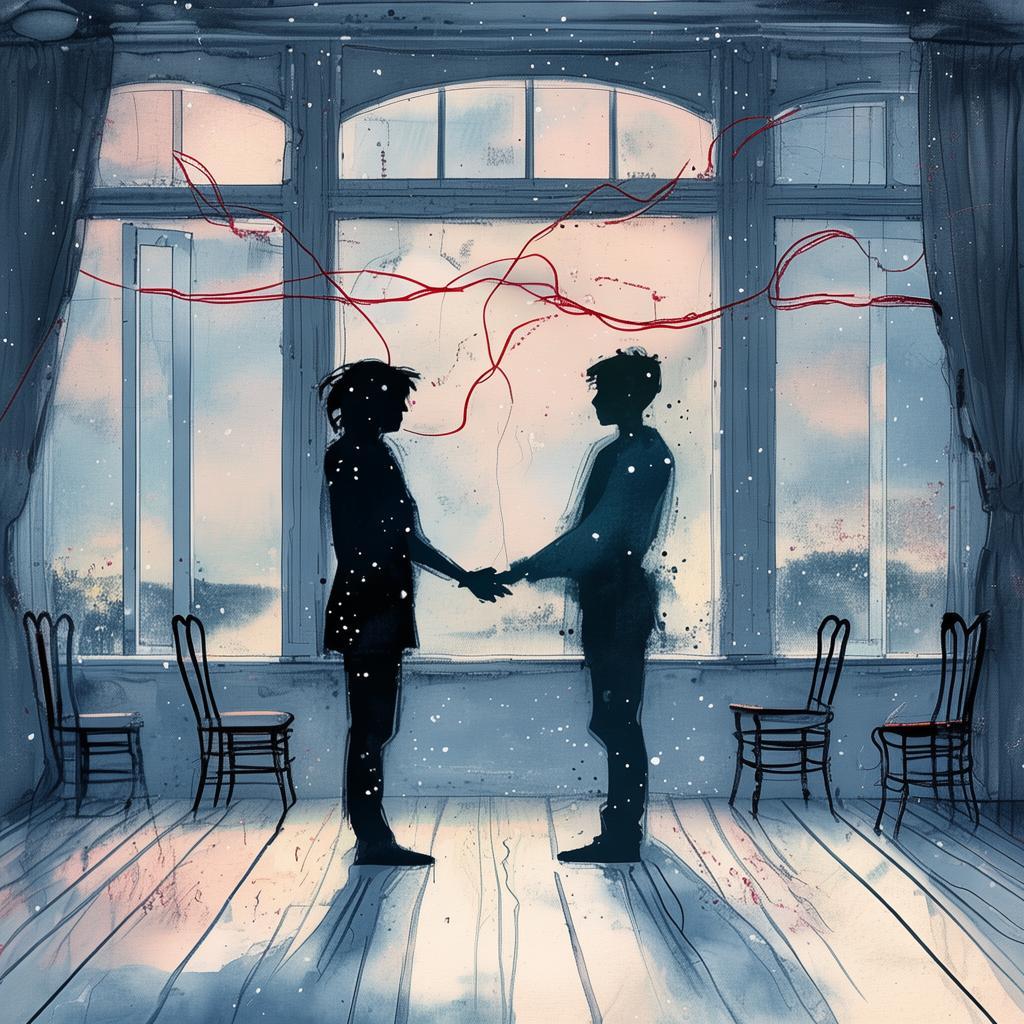
The story unfolds on the eve of Kael's doctoral defense, a moment that would either elevate him to the pinnacle of academic acclaim or leave him forever in the shadow of doubt. As Kael prepares his final argument, he grapples with the weight of his own philosophy: that love and logic are not mutually exclusive but rather two sides of the same coin.
Lucien, ever the observer, notices the strain in Kael's demeanor. The sculptor, whose hands had once moved with the fluidity of a river, now struggle against the rigid form of his work. It is then that Lucien decides to confront the truth that has been simmering beneath the surface of their relationship.
In a heart-wrenching dialogue, Lucien reveals his own struggles with the duality of his art. He speaks of how his sculptures, once vibrant and full of life, now lack the spark that once defined them. Kael, moved by Lucien's candor, begins to question his own beliefs, realizing that his philosophy had become a cage that limited both his own expression and his ability to truly understand Lucien.
The climax of the story occurs during Kael's defense, where he confronts his own inner turmoil. In a stunning reversal, Kael argues not for the primacy of logic but for the necessity of embracing the irrational, the emotional, and the illogical in the pursuit of truth. His argument is met with a mix of shock and admiration by the academic community.
Lucien, who has been a silent witness to this transformation, steps forward to offer his own defense of Kael's thesis. In a powerful speech, he compares Kael's philosophical journey to the sculpting process, where the raw material must be shaped and refined to reveal its true beauty. Lucien's words resonate with the audience, and he receives a standing ovation.
The story concludes with Kael and Lucien walking away from the university together, their bond strengthened by the trials they have faced. They understand now that their relationship is not a mere friendship or a mere romance but a testament to the power of duality, where the light and the dark coexist in perfect harmony.
As they leave the university, the sun sets behind them, casting long shadows that seem to mirror their own complex natures. They are both thinkers and feelers, both artists and philosophers, and in each other, they have found a mirror that reflects the full spectrum of their beings.
✨ Original Statement ✨
All articles published on this website (including but not limited to text, images, videos, and other content) are original or authorized for reposting and are protected by relevant laws. Without the explicit written permission of this website, no individual or organization may copy, modify, repost, or use the content for commercial purposes.
If you need to quote or cooperate, please contact this site for authorization. We reserve the right to pursue legal responsibility for any unauthorized use.
Hereby declared.
